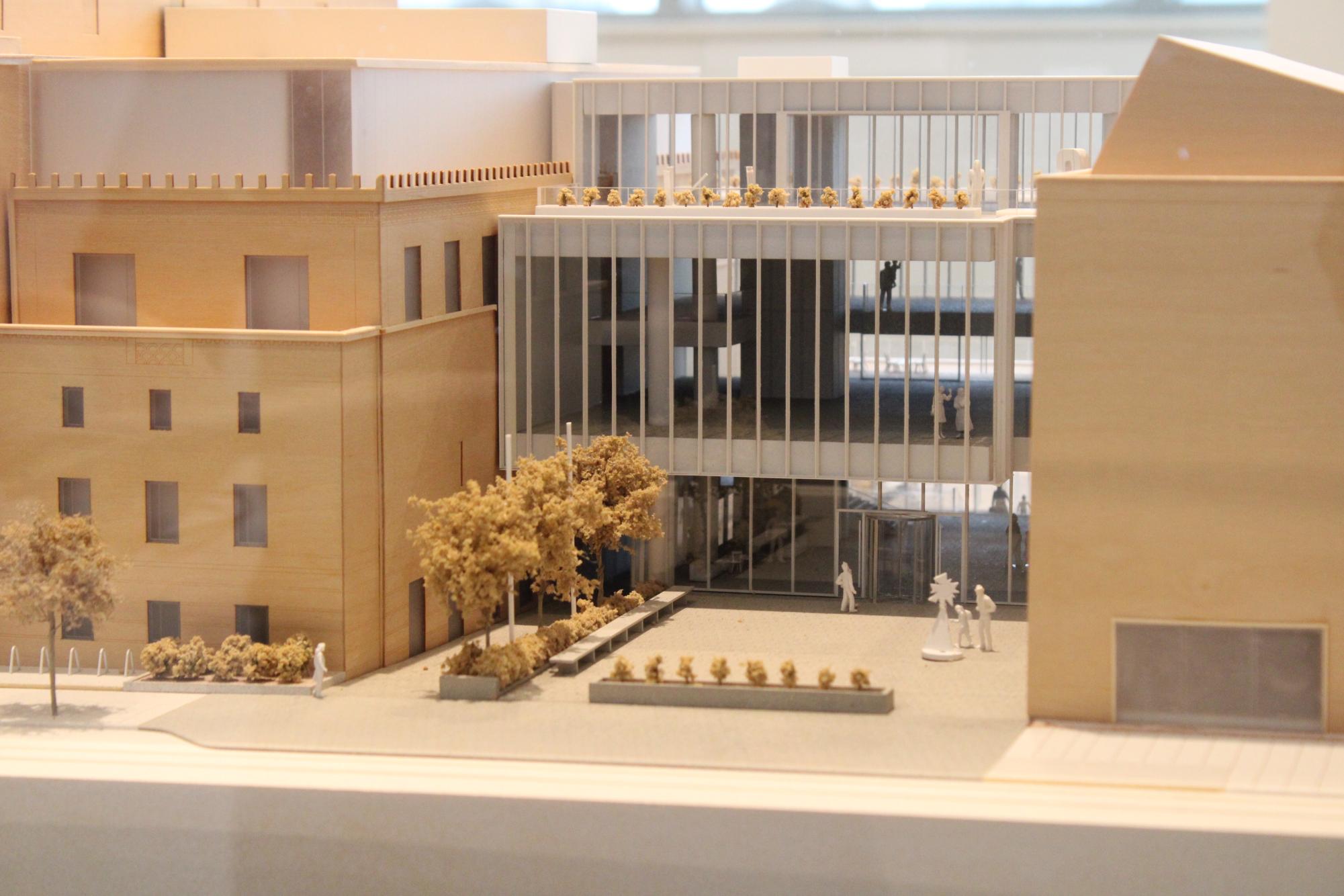Museum wings are typically named after the largest donor. However, the new expansions to the Portland Art Museum will break this pattern with its new centerpiece, The Rothko Pavilion.
The pavilion will be named after prominent contemporary artist and Lincoln Alumni Mark Rothko, class of 1921, as the main donor of the expansion project has chosen to stay anonymous. The pavilion will honor Rothko’s legacy as well as his connection to Portland.
According to the PAM’s website, Rothko first came to Portland after emigrating from Russia when he was ten.
The new pavilion will display some of Rothko’s paintings. The museum has a 20-year loan with Rothko’s children, Christopher Rothko and Kate Rothko Prizel.
“I think of it as a major Mark Rothko exhibition taking place over 20 years because [the museum] will be getting one or two pieces at a time and they’ll be switched out on [an] annual basis,” said Ian Gillingham, head of press and publications at the museum.
In addition to Rothko’s artwork, the pavilion will display an additional 300 new pieces of art.
The goal of the pavilion is not just to create more space to show art, but also to create a more cohesive relationship between the two wings of the museum and illustrate connections between the artwork displayed throughout the entire museum.
“It’s important to highlight these connections so [the museum will] have collection areas, “said Hana Layson, head of youth and educator programs at the museum. “You will see Native artists in the contemporary wing [and] in the American art wing as well.”
Sophomore Evie Richardson frequently visits the museum.
“It’s been kind of hard because I like going to the Portland Art Museum a lot, and so I’m sad that a lot of the main art has been put away,” said Richardson, referring to the fact that during the expansion, much of the museum’s collection was not on display. “But I’m excited to see the new vibes that they’re going to have going on.”
These renovations will be completed by the end of 2025.
Entrance to the museum is always free for students under 17, and college students can get passes for the full year for $25.
“What we really want for the museum [is for it] to be a place where young people can think of themselves as… art appreciators,” said Gillingham. “Even if they’re not making a career in art, [they can] think of themselves as creators. [We want to] really inspire the creativity of people.”


